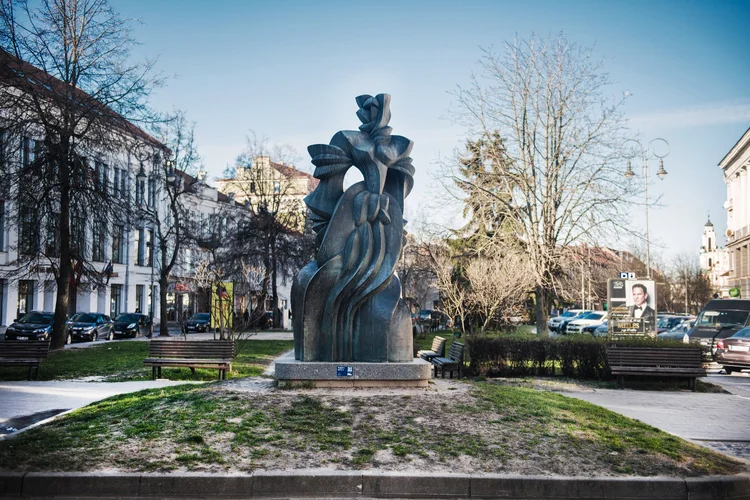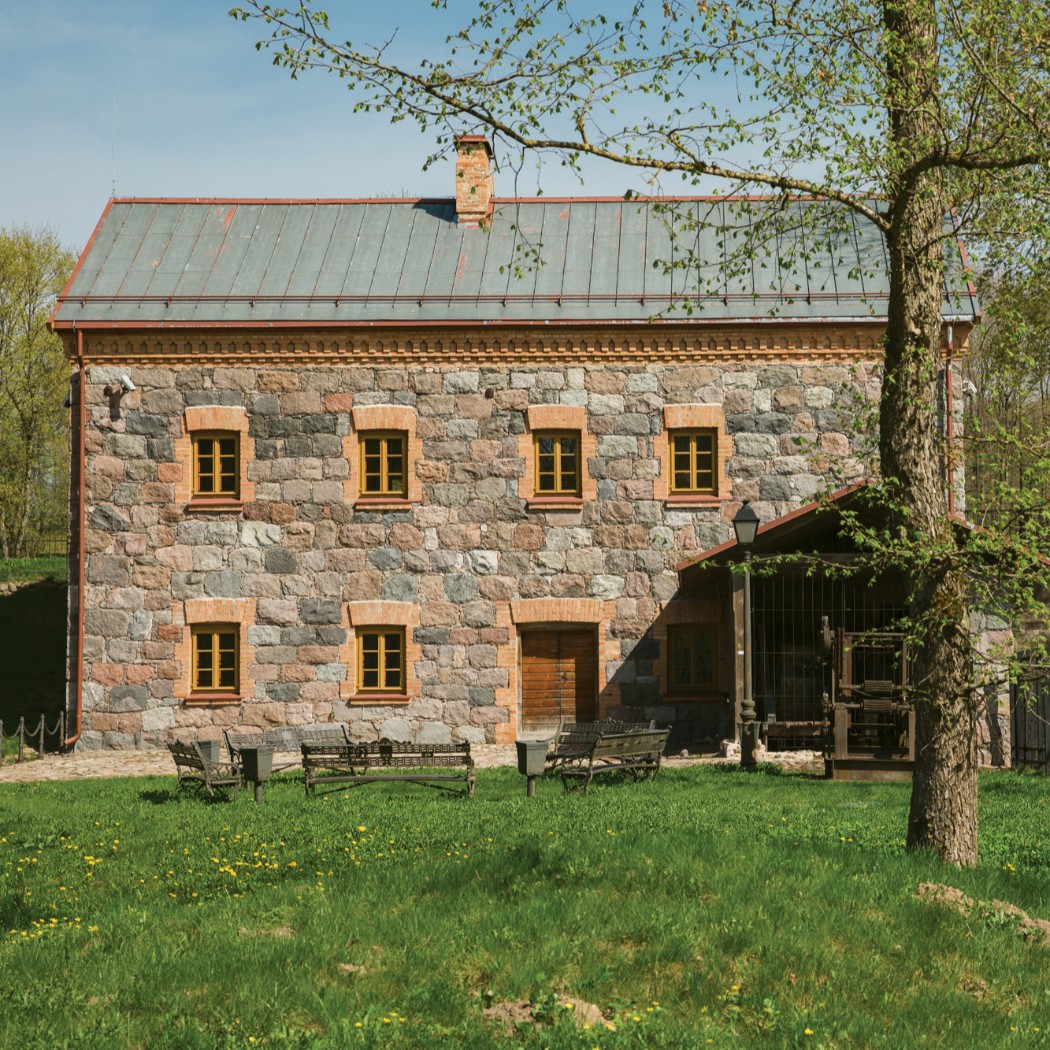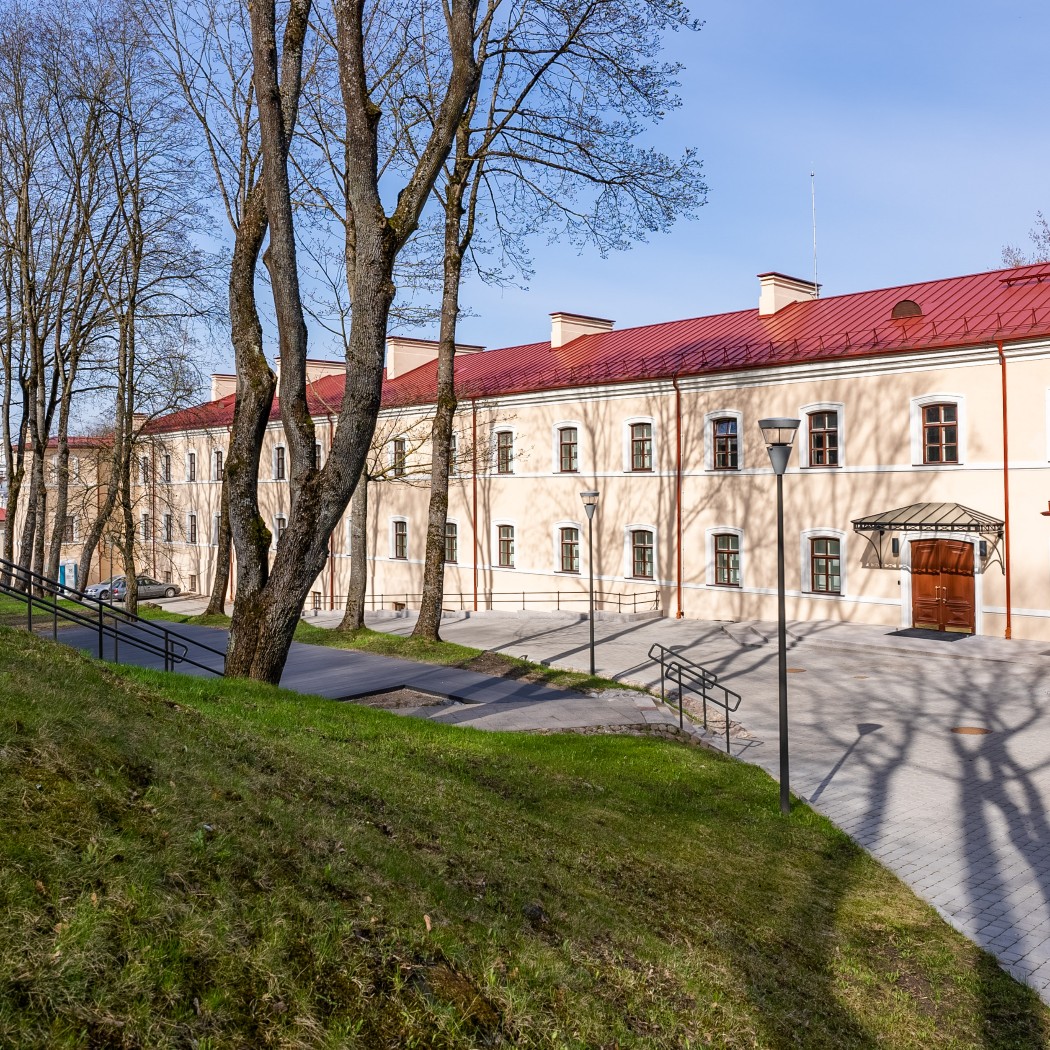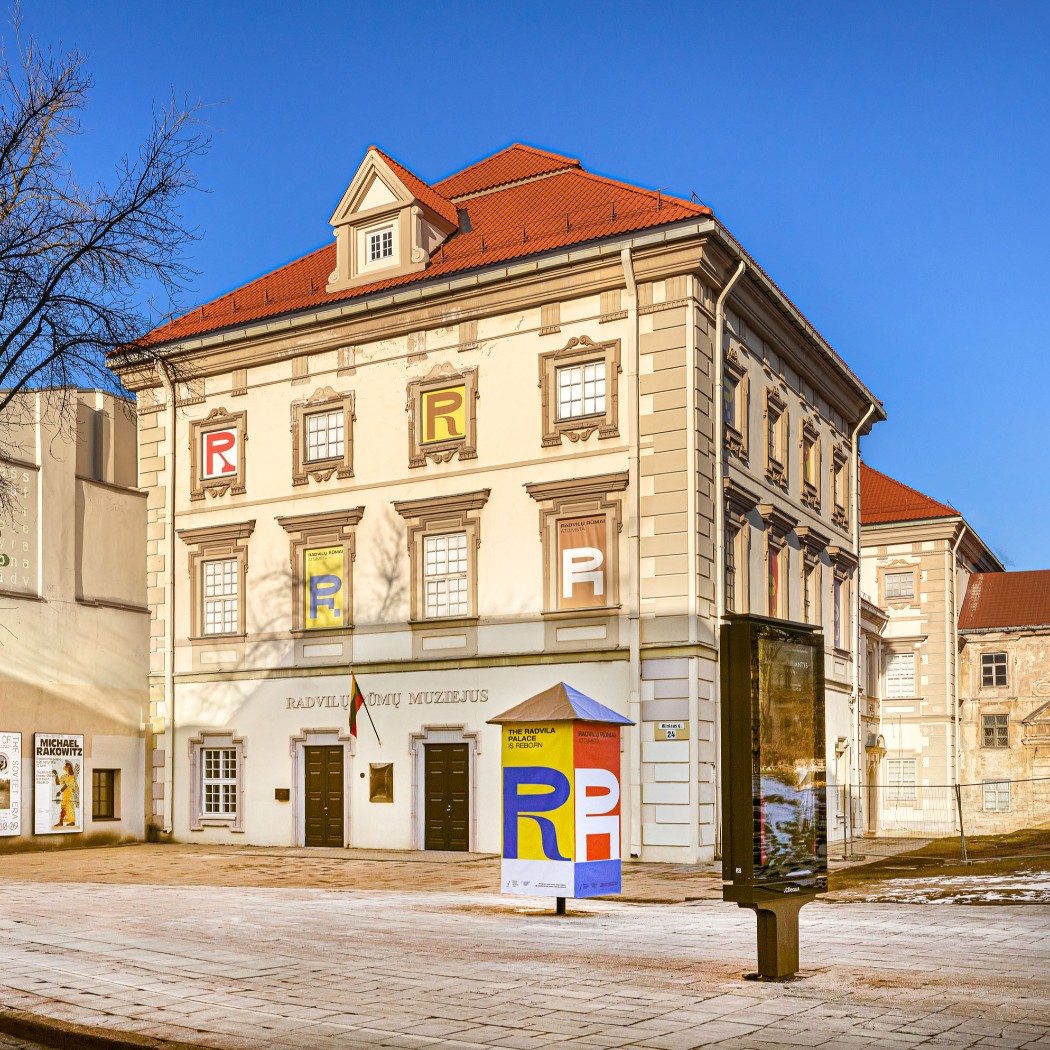Monument to Barbora Radvilaitė

In short
Have you heard of the Juliet of Lithuania? If not, be sure to head over to Vokiečių Street to see the sculpture of Barbora Radvilaitė, created by Vladas Vildžiūnas (painter, sculptor, photo artist).
Against the will of Queen Bona Sforza, Barbora married her beloved Žygimantas Augustas, Grand Duchy of Lithuania and Polish ruler, but she only wore the crown for five months. She died shortly thereafter from illness, but her personal story makes us proud of her historical achievements, and her pure love story reminds us that love can overcome all obstacles.
Barbora Radvilaitė's sculpture is one of Vilnius’ talking sculptures. This is evident from the blue table attached to the sculpture's pedestal, inviting you to listen to the sculpture. Choose one of the two alternatives listed in the table on your smartphone: scan the QR code or type in the specified URL. Renowned Lithuanian writer Kristina Sabaliauskaitė serves as the voice of this talking sculpture.
Brief History
While the location of the sculpture was not intended to have a special connection to Barbora Radvilaitė, some historians claim that she was born in one of the nearby houses.
The artist received permission to build the sculpture only as an ornament and it was created in 1982. During the Russian occupation, it was forbidden to call the statue by Barbora's name, although everyone knew whom it was dedicated to.
The dynamic sculpture of Radvilaitė appears to float and is an evocative representation of her life. Having lived from 1520 to 1551, the Lithuanian noblewoman is often compared to Juliet, who failed to enjoy happiness with Romeo. Disobedient to the nobility, she married the King of Poland Žygimantas Augustas. Their love was very beautiful, though very difficult. To this day, the couple are mostly remembered for their romantic story. Barbora is also remembered for being the most beautiful woman in all GDL and Polish lands.



